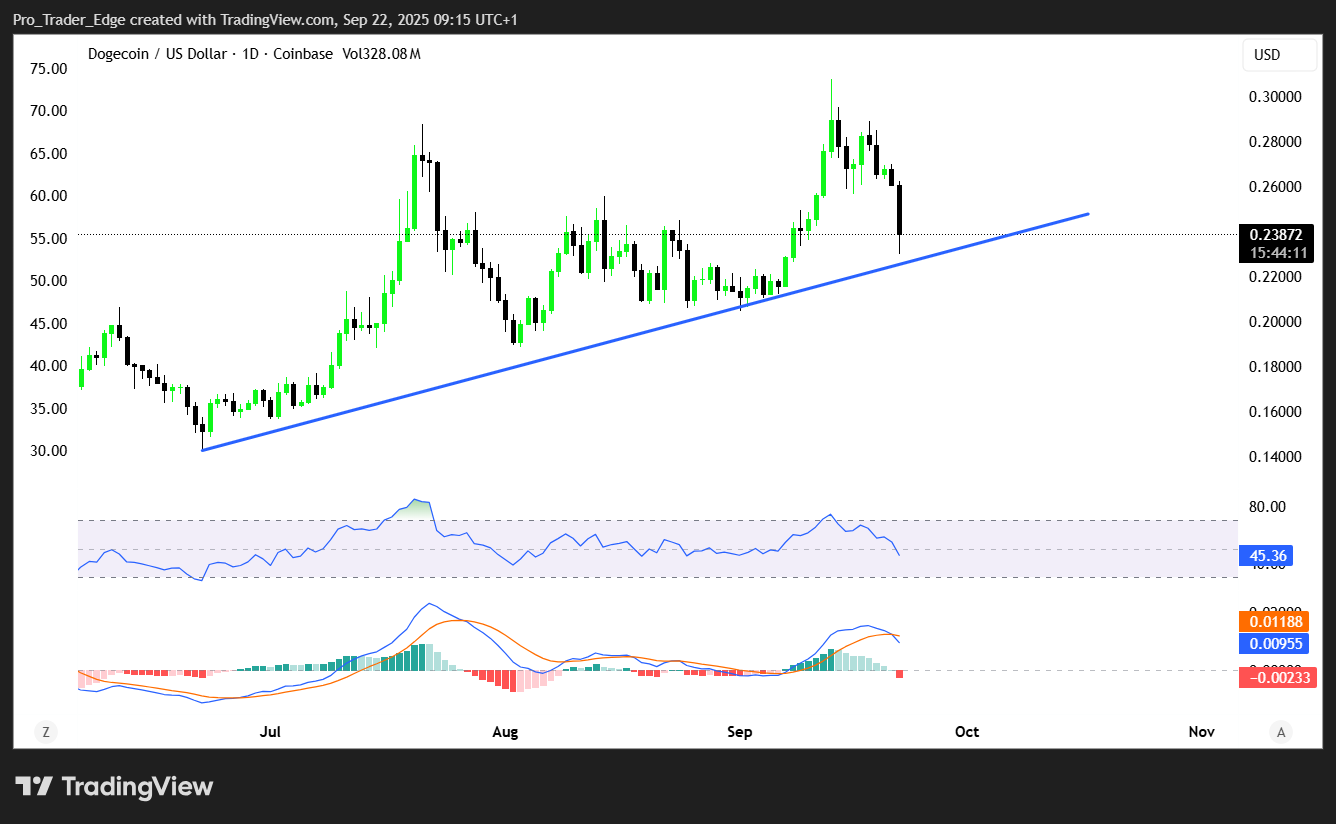China’s EV insurance business is losing a lot of money because repair costs are too high
China’s once-booming electric vehicle (EV) insurance business is fast becoming a money-losing sector. Claims are growing faster than expected, and insurers are losing billions of yuan annually.
The issue is that EV adoption in the country has outpaced insurers’ antiquated tools to price risk. As a result, one of the world’s most advanced EV markets has become a battleground for insurers.
China has the world’s largest number of EVs on the road. More than 20 million new energy vehicles (NEVs), including pure electric cars and plug-in hybrids, are registered nationwide. And sales continue to soar, with EVs now outselling gasoline cars in several cities.
Yet behind the surge, insurance statistics paint a chilling reality. Owners of electric vehicles, many younger than motorists who pilot traditional internal combustion, are roughly twice as likely to file claims on their policies. Their vehicles are also much pricier to repair.
Batteries account for roughly a third of a car’s value and are most at risk. These units are mounted under the floor and can more easily be damaged by speed bumps or road detritus. And new ones aren’t cheap; sometimes, replacing one is more than it would cost to repair the entire rest of the car combined.
Specialized components like sensors and chips have become more expensive and difficult to find. And often repairs can only be made by authorized service centers, many at Tesla-certified body shops, where costs are all too expensive.
In China, insurers lost 5.7 billion yuan ($802 million) on underwriting EV policies in 2024 alone, according to the China Association of Actuaries. Total premium income was almost 141 billion yuan, but claims and repair costs outweighed profits.
Qin Lu, the chief executive officer of Greater China at Aon Plc, said insurers could not fully distinguish between car brands, models, and loss patterns, adding that the sector remained challenging. He predicted it could take about three more years before businesses could break even.
Regulators attempt fixes as losses pile up
The mounting losses have drawn the attention of regulators. In January 2025, China issued its first insurance guide for EVs and plug-in hybrids. The goal is to create uniform coverage, lower repair costs, and pressure carmakers to work with insurers.
Automakers are packing their vehicles with copious amounts of data about battery health, driving patterns, and vehicle usage. However, insurers have had little access to it, complicating their ability to build accurate risk models. The new rules promote the sharing of data across industries to allow insurers to price policies more equitably.
The government also initiated an online service called “Easy to Insure,” which matches up EV owners with insurance coverage. The platform has helped cover over 500,000 vehicles with policies with a combined value of nearly 495 billion yuan. And while it wouldn’t guarantee the lowest premiums, it would guarantee that you can’t be denied basic coverage.
At the same time, law enforcement officials are pressuring car manufacturers and their parts suppliers to lower prices for replacement parts. A more transparent repair and supply chain should drive down costs, even if progress has been achingly slow.
Automakers enter a market too big to ignore
EV insurance isn’t profitable yet, but it’s seen as the industry’s future. Analysts expect premiums in this industry to hit 500 billion yuan by 2030, more than a third of China’s auto insurance market.
The three biggest insurers, Ping An, PICC, and China Pacific Insurance, have more than 65% of the sector’s market share. Smaller companies have difficulty keeping pace and may lack scale or good data to manage risks effectively.
Ping An said its EV business became profitable in 2024, powered by new tools that identify ride-hailing drivers and analyze the economics of a repair. Other insurers are also playing with usage-based pricing, under which policies would be based on real-time driving data.
The likes of BYD, Tesla, and newcomers like Xiaomi are all establishing their own insurance arms amid a growing bet that vertically integrating in the business could provide them an edge.
Want your project in front of crypto’s top minds? Feature it in our next industry report, where data meets impact.
You May Also Like

Dogecoin (DOGE) Price: Drops 18% as Weekend Massacre Wipes Out Recent Gains

Ethereum Price Eyes $9K In 2025; Analysts Believe Layer Brett Could 120x In The Same Window
